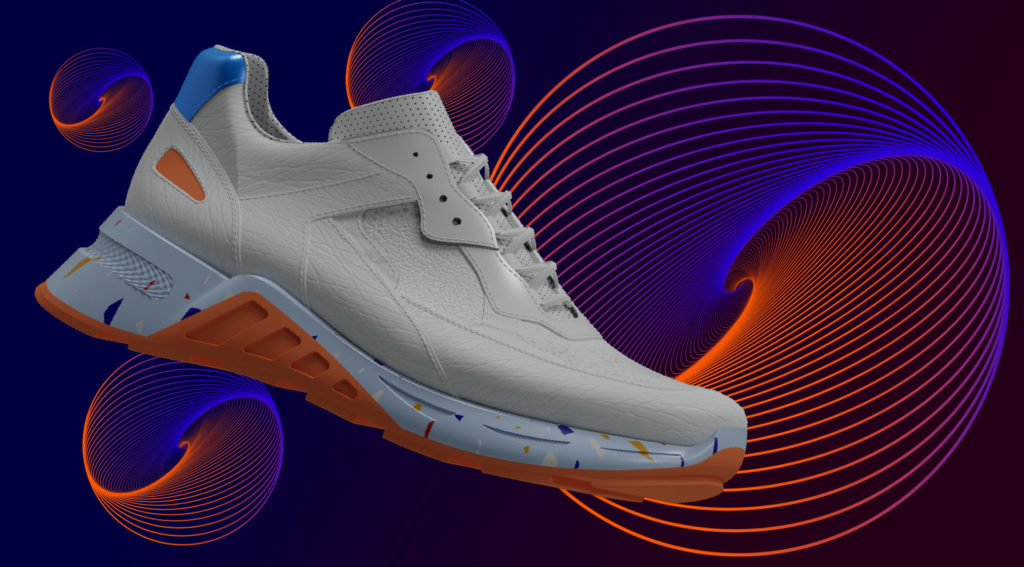In a world driven by technological advancements, the shoe industry is not left behind. The fusion of innovation and footwear has given rise to cutting-edge technologies that are reshaping the way we view and experience shoes.
From smart materials to sustainable practices, let’s delve into the latest technologies revolutionizing the shoe industry.
Smart Fabrics and Materials
The traditional perception of shoes as mere foot coverings is evolving with the introduction of smart fabrics. Engineers and designers are now incorporating materials that respond to external stimuli. Imagine shoes that adjust their temperature based on weather conditions or change color with your mood. Smart fabrics are pushing the boundaries of conventional footwear, enhancing both functionality and style.
3D Printing in Shoe Manufacturing
The advent of 3D printing has brought a seismic shift in the manufacturing processes of various industries, and the shoe industry is no exception. This technology allows for the creation of intricate and customized shoe designs, providing a personalized fit for consumers. The efficiency and precision of 3D printing are not only reducing waste but also opening up new possibilities in design aesthetics.
Augmented Reality (AR) in Shoe Shopping
The shopping experience for the latest men shoes has been elevated to a whole new level with the integration of augmented reality. Brands are utilizing AR apps to enable customers to virtually try on shoes before making a purchase. This not only enhances customer satisfaction but also reduces the likelihood of returns, contributing to a more sustainable retail model.
Blockchain for Supply Chain Transparency
In an era where consumers are increasingly conscious of the environmental and ethical impact of their purchases, blockchain technology is playing a pivotal role in ensuring supply chain transparency. Shoe companies are leveraging blockchain to trace the journey of materials from source to production, providing consumers with an assurance of sustainability and ethical practices.
Energy-Harvesting Soles
Walking is no longer just a means of transportation; it’s becoming a potential power source. Energy-harvesting soles are incorporating innovative technologies that convert the kinetic energy from footsteps into electrical power. This not only contributes to the sustainability of shoe manufacturing but also presents the possibility of shoes powering small devices, paving the way for eco-friendly wearables.
Biodegradable Materials for Sustainable Footwear
The environmental impact of traditional shoe materials has led to a surge in the use of biodegradable alternatives. Companies are exploring plant-based and recyclable materials to create footwear that decomposes naturally, reducing the ecological footprint of discarded shoes. This shift towards sustainable practices aligns with the growing eco-conscious mindset of consumers.
Artificial Intelligence (AI) in Shoe Design
Artificial intelligence is reshaping the creative process in shoe design. AI algorithms analyze consumer preferences, market trends, and historical data to generate design concepts that resonate with the target audience. This not only streamlines the design phase but also ensures that footwear trends are aligned with consumer expectations.
Internet of Things (IoT) Enabled Footwear
The Internet of Things has extended its reach to the shoe industry, giving rise to smart and connected footwear. IoT-enabled shoes can track performance metrics, monitor health parameters, and even provide real-time feedback on posture and gait. This convergence of technology and footwear is transforming shoes from passive accessories to active contributors to personal well-being.
Customization through Mobile Apps
Mobile apps are empowering consumers to become co-creators of their footwear. Shoe brands are offering interactive apps that allow users to customize various aspects of their shoes, from colors to materials and even engraving. This level of personalization not only caters to individual preferences but also fosters a sense of ownership and uniqueness.
Robotics in Shoe Production
The integration of robotics in shoe production is automating and accelerating manufacturing processes. Robots are being employed for tasks such as stitching, gluing, and even quality control. This not only enhances efficiency but also reduces the margin of error, ensuring consistently high-quality footwear.
Conclusion
In conclusion, the synergy of technology and the shoe industry is giving rise to a new era of footwear innovation. From materials that respond intelligently to consumer needs to sustainable practices that prioritize the planet, these advancements are reshaping the very fabric of the shoe industry. Embracing these technologies not only enhances the consumer experience but also positions the industry at the forefront of innovation in the broader landscape of technological progress. As we step into the future, it’s clear that the journey of the shoe industry is marked by strides of technological brilliance.

